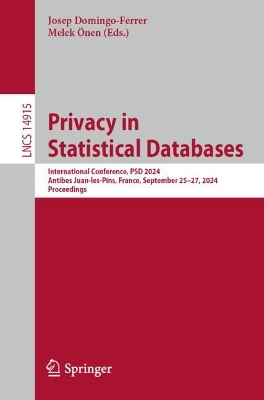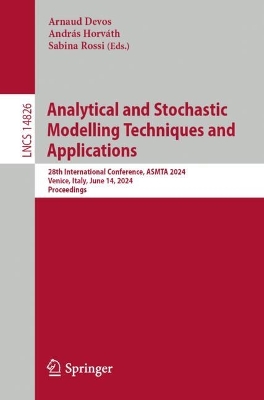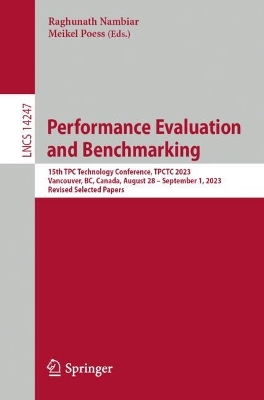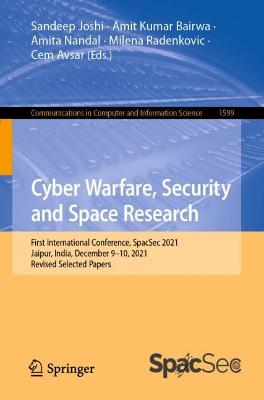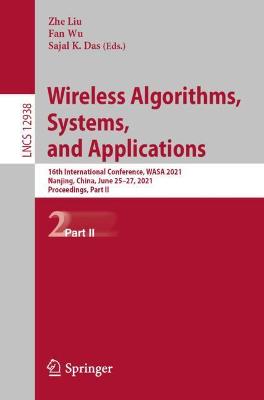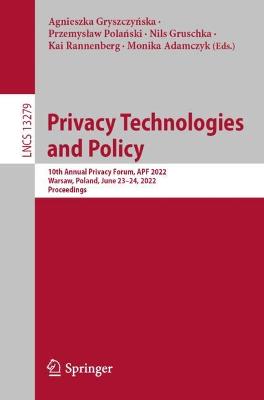Computer Security - ESORICS 2022
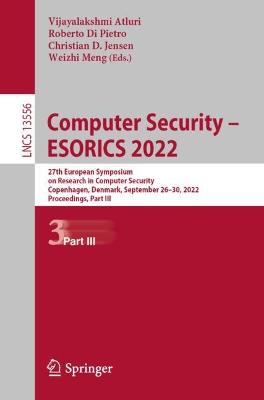 portes grátis
portes grátis
Computer Security - ESORICS 2022
27th European Symposium on Research in Computer Security, Copenhagen, Denmark, September 26-30, 2022, Proceedings, Part III
Di Pietro, Roberto; Meng, Weizhi; Jensen, Christian D.; Atluri, Vijayalakshmi
Springer International Publishing AG
09/2022
789
Mole
Inglês
9783031171420
15 a 20 dias
1211

